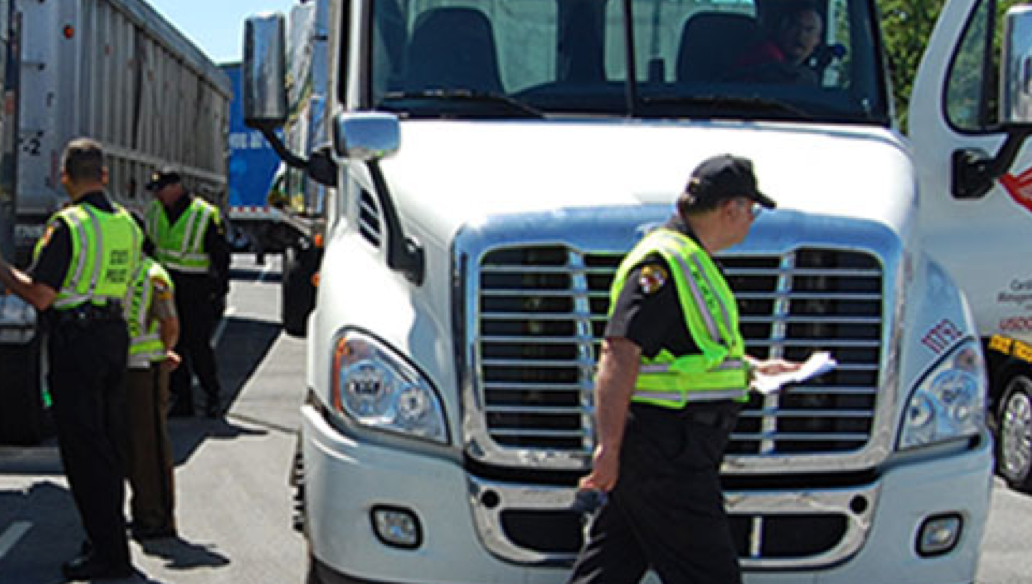FMCSA Proposes New Rule to Spot High Crash Risk Carriers
The U.S. Department of Transportation’s Federal Motor Carrier Safety Administration (FMCSA) has announced a rule making proposal designed to enhance the Agency’s ability to identify non-compliant motor carriers — particularly those with higher crash risk.
The Safety Fitness Determination (SFD) Notice of Proposed Rulemaking (NPRM), to be published in the Federal Register, would update FMCSA’s safety fitness rating methodology by integrating on-road safety data from inspections, along with the results of carrier investigations and crash reports, to determine a motor carrier’s overall safety fitness on a monthly basis.
“Ensuring that motor carriers are operating safely on our nation’s roadways is one of our highest priorities,” said U.S. Transportation Secretary Anthony Foxx. “Using all available information to achieve more timely assessments will allow us to better identify unsafe companies and get them off the road.”
“This update to our methodology will help the agency focus on carriers with a higher crash risk,” said FMCSA Acting Administrator Scott Darling. “Carriers that we identify as unfit to operate will be removed from our roadways until they improve.”
The proposed SFD rule would replace the current three-tier federal rating system of “satisfactory–conditional–unsatisfactory” for federally regulated commercial motor carriers (in place since 1982) with a single determination of “unfit,” which would require the carrier to either improve its operations or cease operations.
Once in place, the SFD rule will permit FMCSA to assess the safety fitness of approximately 75,000 companies a month. By comparison, the agency is only able to investigate 15,000 motor carriers annually – with less than half of those companies receiving a safety rating.
FMCSA estimates that under this proposal, less than 300 motor carriers each year would be proposed as “unfit” solely as a result of on-road safety violations. Further, the agency’s analysis has shown that the carriers identified through this on-road safety data have crash rates of almost four times the national average.
Category: Featured











